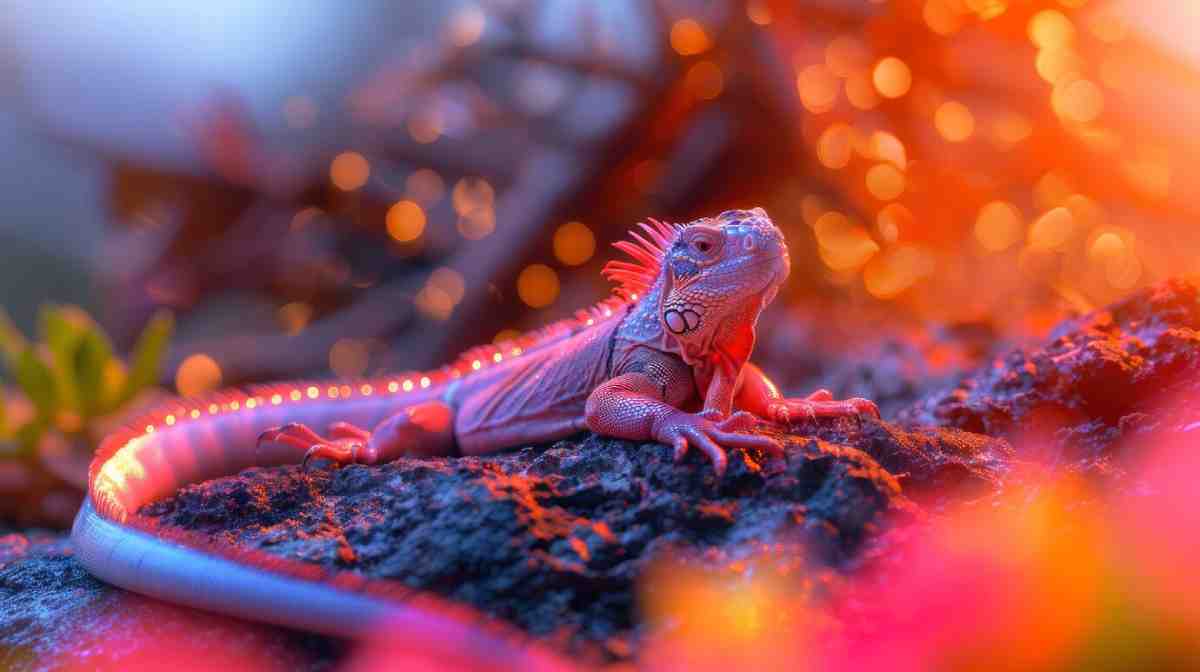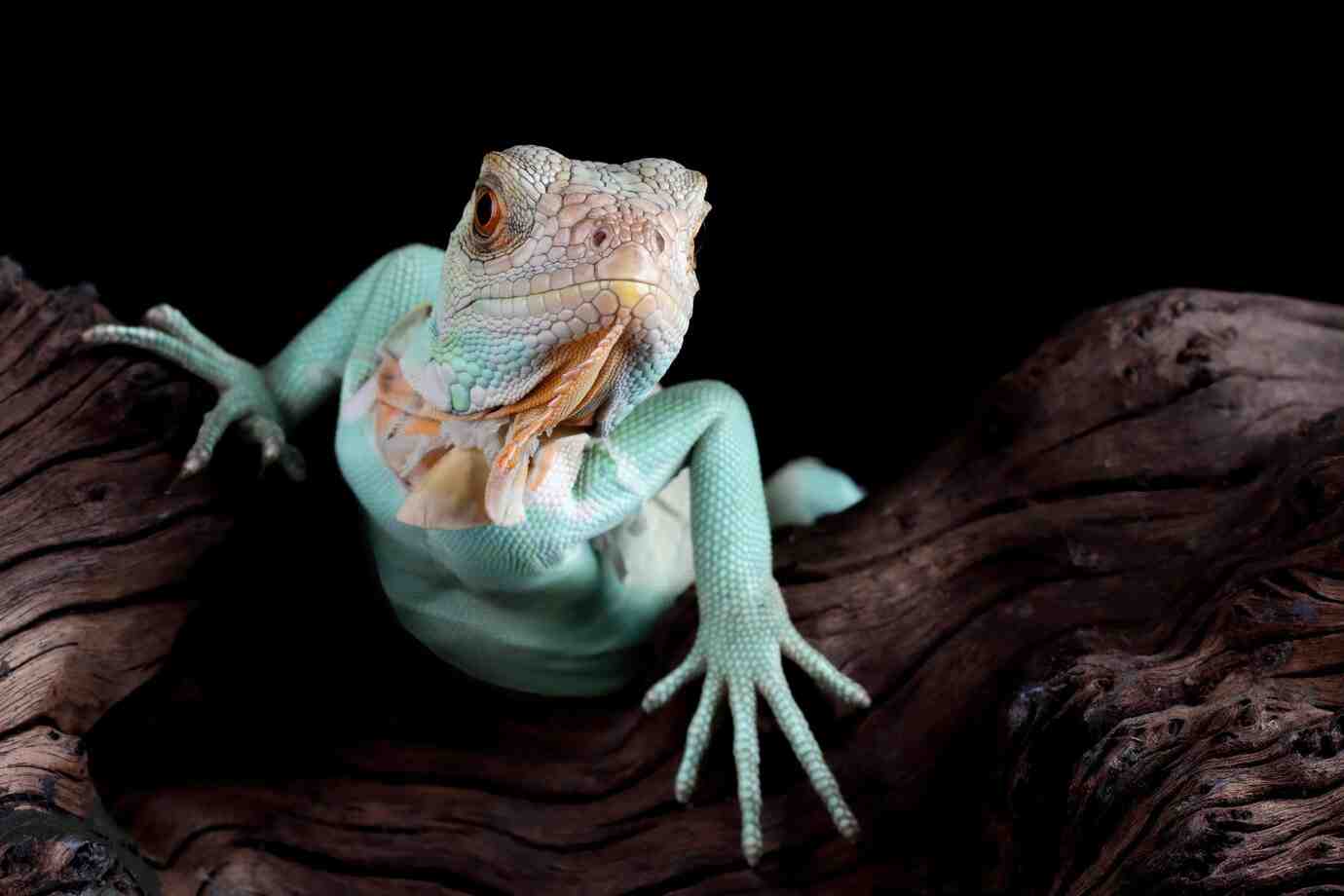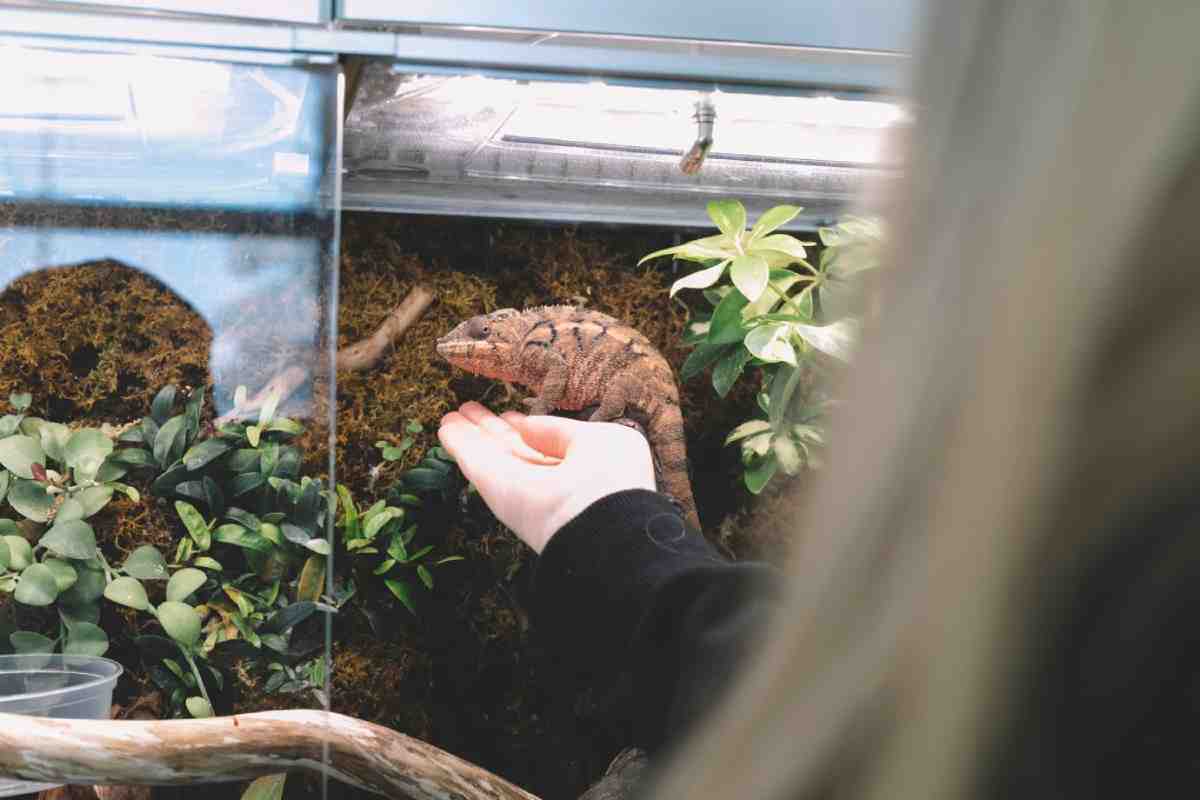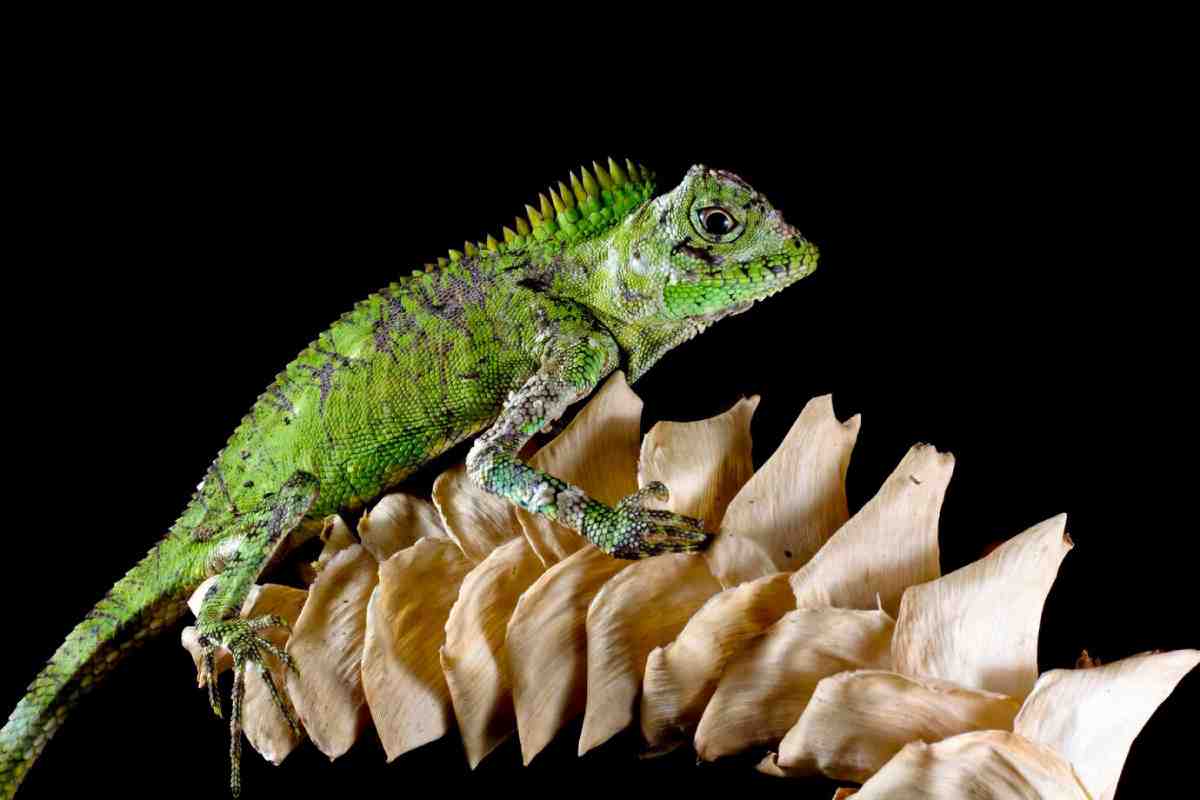
Breeding Exotic Reptiles: A Beginner’s Guide
Breeding reptiles can be a fascinating and rewarding experience. Watching your reptiles lay eggs, hatch young, and raise new life gives you a front-row seat to one of nature’s most incredible processes. But breeding reptiles at home isn’t something to dive into lightly. It requires planning, knowledge, and a strong sense of responsibility.
In this guide, we’ll walk you through the reptile breeding basics, from preparing your animals to caring for hatchlings. Whether you’re curious about lizards, snakes, or turtles, this beginner-friendly overview of exotic reptile breeding will help you decide if you’re ready — and how to get started the right way.
Why Breed Reptiles?
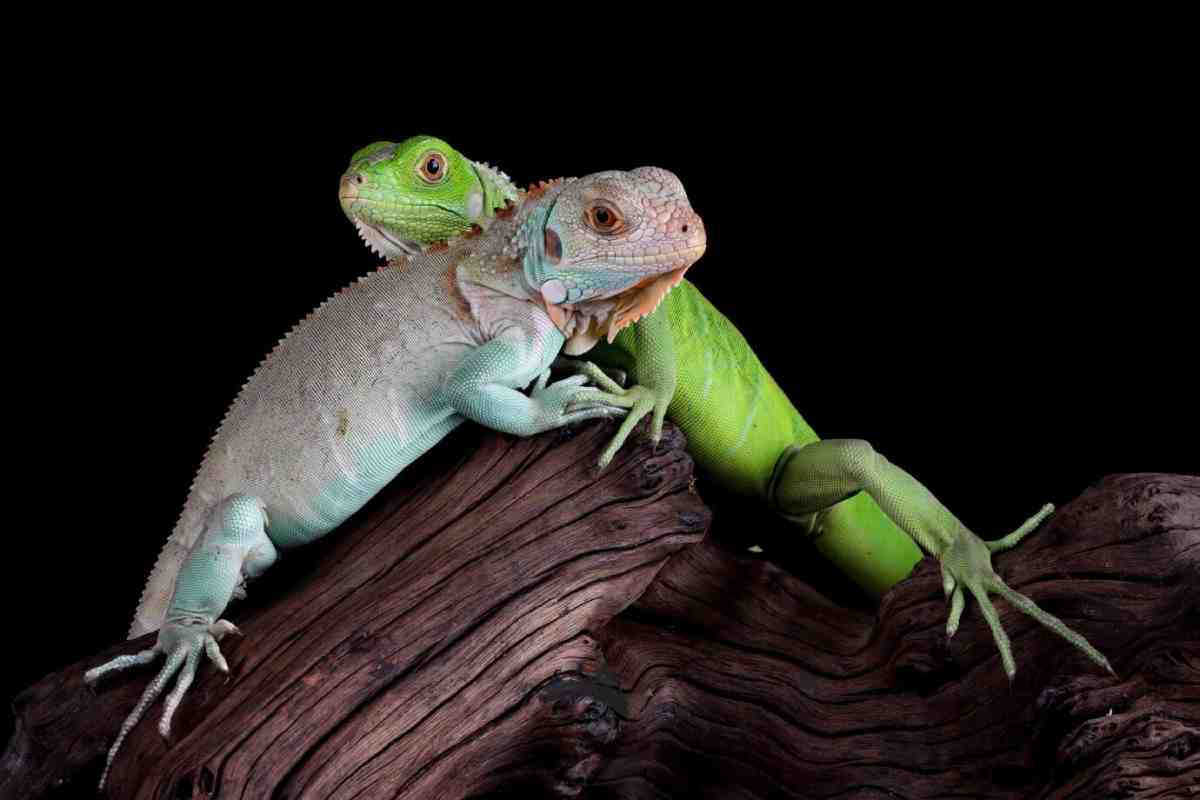
People choose to breed reptiles for many reasons:
- To expand their collection
- To learn more about animal behaviour and biology
- To work with rare morphs or species
- To share their passion with others
- To support responsible, captive-bred alternatives to wild-caught pets
Whatever your reason, the first step is to understand the commitment involved.
Are You Ready to Start Breeding?
Before jumping into breeding reptiles at home, ask yourself a few important questions:
Do You Have the Space?
Breeding requires extra enclosures — for the pair, the gravid female, and the hatchlings.
Can You Afford the Costs?
Think about:
- Food and supplements
- Egg incubation gear
- Hatchling enclosures
- Vet care if complications arise
Do You Have Time?
Breeding is a daily responsibility, especially when hatchlings arrive.
Do You Have a Plan for the Offspring?
Will you keep them? Sell them? Rehome them? Be sure you have space and a clear plan before your reptiles start breeding.
Choosing the Right Species
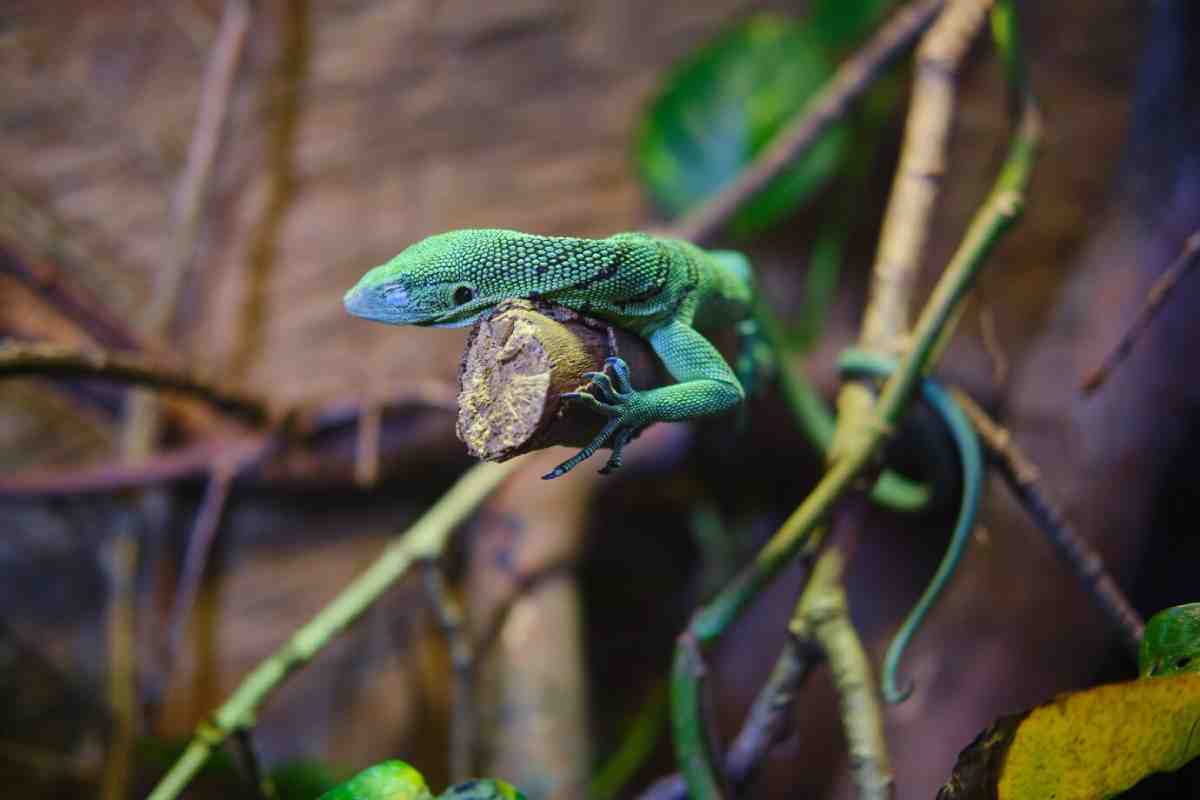
Not all reptiles are beginner-friendly breeders. Some species are easy to pair and care for; others have complex needs, long incubation times, or high hatchling mortality.
Best Reptiles for Beginner Breeders:
- Leopard Geckos – Simple care and egg incubation
- Crested Geckos – No need for incubators (eggs hatch at room temp)
- Bearded Dragons – Social and commonly bred
- Corn Snakes – Easy to pair and raise
- Ball Pythons – Popular, with interesting morphs
Start with species you already know well. Breeding success begins with excellent husbandry.
Preparing Healthy Breeding Pairs
Your reptiles must be in peak condition before breeding. Weak or underweight animals should never be paired.
Pre-Breeding Checklist:
- Reptiles are mature (age and size vary by species)
- Both animals are healthy and parasite-free
- You’ve confirmed their sexes (mistakes here are common!)
- They’ve had a varied, supplement-rich diet
- They’ve completed any necessary brumation or cooling period
Tip: Don’t house pairs together long-term. Introduce them only for mating, then separate again to avoid stress or injury.
Courtship and Mating
Different reptiles have different mating behaviours. Some show gentle interest; others display dominance or aggression.
What to Expect:
- Tail-waving, head-bobbing, or rubbing
- Biting or pinning (common in lizards, not harmful if brief)
- Coiling in snakes
- Mating may last minutes to hours
Always supervise introductions. Separate immediately if biting becomes aggressive or if one reptile is clearly stressed.
Egg Laying and Incubation
Once mating is successful, the female will become gravid (egg-carrying) or, in live-bearing species, pregnant.
Signs of a Gravid Reptile:
- Swollen belly
- Restlessness
- Digging or nesting behaviour
- Decreased appetite
Preparing for Eggs:
- Provide a lay box with moist substrate (e.g., vermiculite or damp soil)
- Give privacy and low lighting
- After laying, remove the eggs gently and place them in an incubator
Note: Incubation temperature often determines the sex of hatchlings in some species (like geckos or turtles).
Incubating Eggs
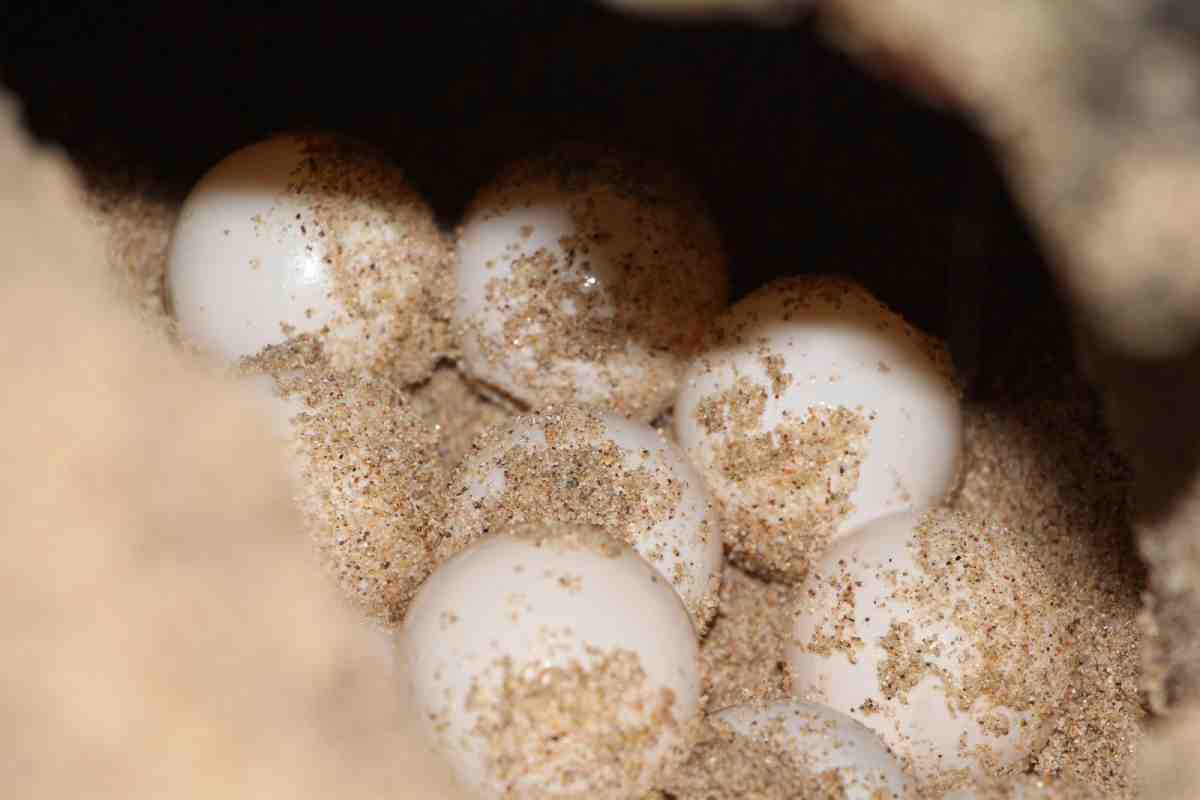
Invest in a quality incubator. Stable temperature and humidity are key to success.
Incubation Tips:
- Label the eggs with dates
- Avoid turning or rotating them
- Keep humidity around 80–90% for most species
- Watch for mould or collapse (may signal problems)
Typical Incubation Times:
- Leopard Geckos: ~45–60 days
- Corn Snakes: ~55–60 days
- Bearded Dragons: ~55–75 days
- Ball Pythons: ~55–60 days
Always research specific guidelines for your species.
Caring for Hatchlings
Once babies emerge, they’ll need their own small enclosures.
Basic Setup for Hatchlings:
- Simple, easy-to-clean tanks
- Paper towel substrate
- Proper heat and light
- Multiple small hides
- Shallow water dish
Start offering food after their first shed — usually 3–5 days after hatching. Hatchlings may eat:
- Small insects (for lizards)
- Pinkie mice (for snakes)
- Finely chopped greens (for herbivores)
Keep each hatchling in its own space to avoid bullying or competition.
Common Challenges in Exotic Reptile Breeding
Exotic reptile breeding is exciting, but it also comes with risks. Here are a few things to be aware of:
Egg Binding (Dystocia)
Occurs when a female can’t pass eggs. Can be fatal without vet care.
Prevention: Provide proper nutrition, hydration, and laying conditions.
Hatchling Failure to Thrive
Some babies never eat or grow properly.
Solution: Ensure warmth, offer a variety of foods, and consult a vet early.
Genetic Issues
Avoid inbreeding or breeding for extreme morphs without understanding the risks.
Tip: Learn about morph genetics and avoid pairings with known health risks (e.g., Enigma syndrome in leopard geckos).
Legal and Ethical Considerations
Breeding animals comes with responsibility — for their health, their offspring, and their future homes.
Be a Responsible Breeder:
- Sell only healthy, eating, and stable babies
- Be transparent about morphs, genetics, and care needs
- Avoid overbreeding
- Follow local laws on reptile sales and transport
- Provide education to new owners
Ethical breeders help protect species and improve reptile care for everyone.
Start Small, Learn Deeply
Reptile breeding isn’t just about pairing two animals. It involves planning, responsibility, and care.
If you want to breed reptiles at home, be patient. Choose your species wisely and learn as much as you can. Exotic reptile breeding takes patience and dedication. It can be an amazing journey that helps both the hobby and the animals we love.
Explore more setup tips at Egg Laying and Incubation Tips for Reptiles.
